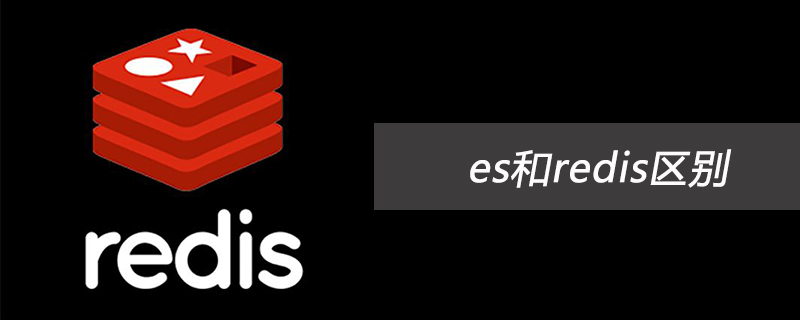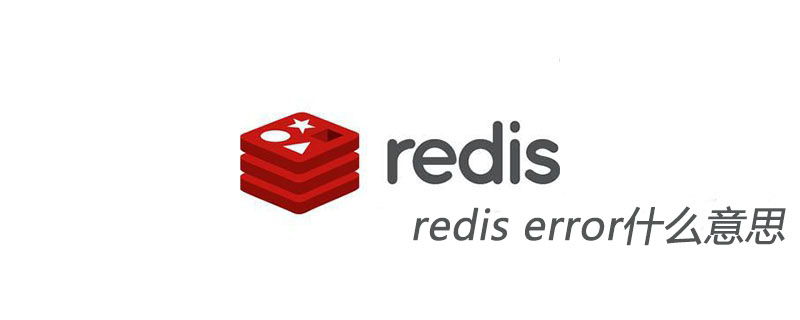With the continuous development of artificial intelligence technology, intelligent manufacturing has also been increasingly widely used. In smart manufacturing, Redis, as a high-performance NoSQL database, has also been widely used. This article will introduce the practical application of Redis in intelligent manufacturing.
1. Overview of Redis database
Redis is an open source, memory-based data structure storage system. It can support multiple types of data structures, including strings, lists, sets, hashes, and more. Each key-value pair in Redis is stored in memory, so Redis access speed is also very fast.
2. Practical application of Redis in intelligent manufacturing
Intelligent manufacturing requires a very large amount of data to be processed, and the access speed is also very high. Therefore, Redis, as a high-performance NoSQL database, has also been widely used. The following will introduce the actual application of Redis in intelligent manufacturing.
- Production line task scheduling
In an intelligent manufacturing system, tasks on the production line need to be scheduled. Different tasks have different execution times, and there are dependencies between tasks. In this case, it is difficult for traditional databases to handle such task scheduling.
And through the ordered collection of Redis, production line task scheduling can be easily implemented. In an ordered set, tasks can be sorted according to execution time as weight. Moreover, the execution status and results of tasks can be obtained in real time through the publish and subscribe mechanism of Redis.
- Material Management
In intelligent manufacturing, material management is very important. During the production process, materials need to be tracked, monitored and controlled. In this case, using Redis's hash data structure can be very convenient to manage material information.
Through the hash data structure of Redis, various attributes of materials can be saved in different fields. Moreover, the transaction mechanism of Redis can be used to ensure that the update of material information is an atomic operation.
- Equipment Management
In smart manufacturing, equipment management is also very important. Monitoring, scheduling and controlling equipment can improve production efficiency and quality. In this case, using Redis's list data structure can be very convenient to manage device information.
Through the list data structure of Redis, the device status, parameters and other information can be saved in different nodes. Moreover, the status and parameter information of the device can be obtained in real time through the publish and subscribe mechanism of Redis.
- Data Storage
The amount of data that needs to be processed in intelligent manufacturing is very large, and the data needs to be stored and queried in real time. In this case, using traditional relational databases often faces performance bottlenecks. As a high-performance NoSQL database, Redis can solve this problem very well.
Data can be stored directly in memory through the string data structure of Redis. And you can use the persistence mechanism of Redis to ensure the persistent storage of data.
3. Summary
As a high-performance NoSQL database, Redis can play an important role in intelligent manufacturing. Through Redis's features such as ordered collections, hash data structures, list data structures, and string data structures, functions such as production line task scheduling, material management, equipment management, and data storage can be realized. In actual applications, it is necessary to choose the appropriate Redis data structure and operation method according to the specific application scenario.
The above is the detailed content of Practical application of Redis in intelligent manufacturing. For more information, please follow other related articles on the PHP Chinese website!
 es和redis区别Jul 06, 2019 pm 01:45 PM
es和redis区别Jul 06, 2019 pm 01:45 PMRedis是现在最热门的key-value数据库,Redis的最大特点是key-value存储所带来的简单和高性能;相较于MongoDB和Redis,晚一年发布的ES可能知名度要低一些,ES的特点是搜索,ES是围绕搜索设计的。
 一起来聊聊Redis有什么优势和特点May 16, 2022 pm 06:04 PM
一起来聊聊Redis有什么优势和特点May 16, 2022 pm 06:04 PM本篇文章给大家带来了关于redis的相关知识,其中主要介绍了关于redis的一些优势和特点,Redis 是一个开源的使用ANSI C语言编写、遵守 BSD 协议、支持网络、可基于内存、分布式存储数据库,下面一起来看一下,希望对大家有帮助。
 实例详解Redis Cluster集群收缩主从节点Apr 21, 2022 pm 06:23 PM
实例详解Redis Cluster集群收缩主从节点Apr 21, 2022 pm 06:23 PM本篇文章给大家带来了关于redis的相关知识,其中主要介绍了Redis Cluster集群收缩主从节点的相关问题,包括了Cluster集群收缩概念、将6390主节点从集群中收缩、验证数据迁移过程是否导致数据异常等,希望对大家有帮助。
 推进行业数字化升级,钱江机器人构建智能制造生态圈Sep 24, 2023 am 10:13 AM
推进行业数字化升级,钱江机器人构建智能制造生态圈Sep 24, 2023 am 10:13 AM自动化、智能化、数智化是传统制造业的发展方向。而机器人作为自动化产线、智能物流、人机协作、定制化生产的关键设备之一,对于传统制造到智能制造的改变起着关键的作用。爱仕达·钱江机器人已经涵盖工业机器人核心零部件、机器人整机、工业软件、智能制造系统集成四大板块业务在9月19日-23日举行的第23届中国国际工业博览会上,爱仕达·钱江机器人携手多家关联公司聚焦工业自动化,工业机器人及智能制造,为用户呈现高端、智能化、无人化的工业完整解决方案。爱仕达股份有限公司董事长,浙江钱江机器人有限公司董事陈合林表示,
 详细解析Redis中命令的原子性Jun 01, 2022 am 11:58 AM
详细解析Redis中命令的原子性Jun 01, 2022 am 11:58 AM本篇文章给大家带来了关于redis的相关知识,其中主要介绍了关于原子操作中命令原子性的相关问题,包括了处理并发的方案、编程模型、多IO线程以及单命令的相关内容,下面一起看一下,希望对大家有帮助。
 一文搞懂redis的bitmapApr 27, 2022 pm 07:48 PM
一文搞懂redis的bitmapApr 27, 2022 pm 07:48 PM本篇文章给大家带来了关于redis的相关知识,其中主要介绍了bitmap问题,Redis 为我们提供了位图这一数据结构,位图数据结构其实并不是一个全新的玩意,我们可以简单的认为就是个数组,只是里面的内容只能为0或1而已,希望对大家有帮助。
 redis error什么意思Jun 17, 2019 am 11:07 AM
redis error什么意思Jun 17, 2019 am 11:07 AMredis error就是redis数据库和其组合使用的部件出现错误,这个出现的错误有很多种,例如Redis被配置为保存数据库快照,但它不能持久化到硬盘,用来修改集合数据的命令不能用。
 一起聊聊Redis实现秒杀的问题May 27, 2022 am 11:40 AM
一起聊聊Redis实现秒杀的问题May 27, 2022 am 11:40 AM本篇文章给大家带来了关于redis的相关知识,其中主要介绍了关于实现秒杀的相关内容,包括了秒杀逻辑、存在的链接超时、超卖和库存遗留的问题,下面一起来看一下,希望对大家有帮助。


Hot AI Tools

Undresser.AI Undress
AI-powered app for creating realistic nude photos

AI Clothes Remover
Online AI tool for removing clothes from photos.

Undress AI Tool
Undress images for free

Clothoff.io
AI clothes remover

AI Hentai Generator
Generate AI Hentai for free.

Hot Article

Hot Tools

DVWA
Damn Vulnerable Web App (DVWA) is a PHP/MySQL web application that is very vulnerable. Its main goals are to be an aid for security professionals to test their skills and tools in a legal environment, to help web developers better understand the process of securing web applications, and to help teachers/students teach/learn in a classroom environment Web application security. The goal of DVWA is to practice some of the most common web vulnerabilities through a simple and straightforward interface, with varying degrees of difficulty. Please note that this software

EditPlus Chinese cracked version
Small size, syntax highlighting, does not support code prompt function

Dreamweaver CS6
Visual web development tools

SublimeText3 Chinese version
Chinese version, very easy to use

MantisBT
Mantis is an easy-to-deploy web-based defect tracking tool designed to aid in product defect tracking. It requires PHP, MySQL and a web server. Check out our demo and hosting services.






